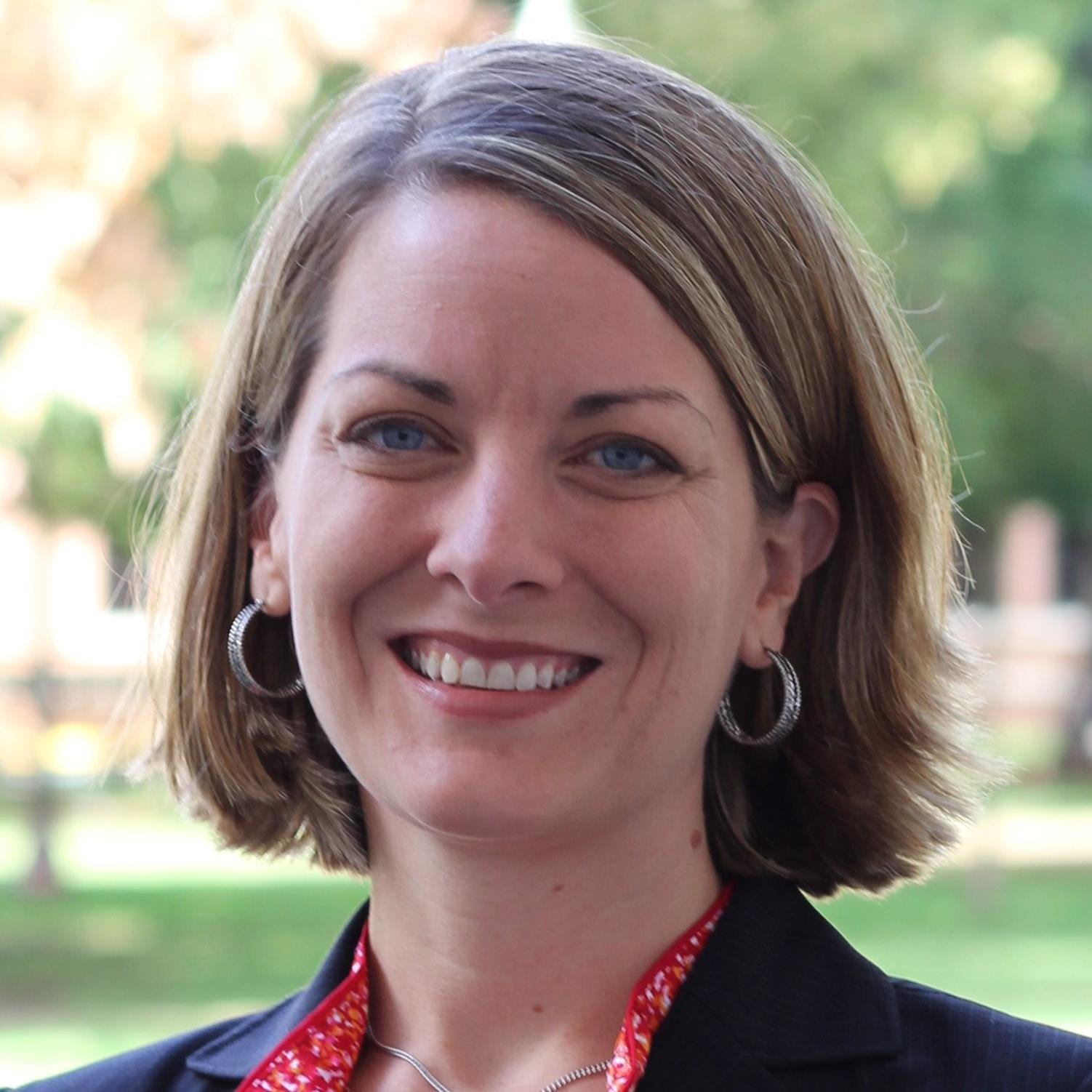New Baylor Research Identifies Keys to Managing Innovators

Sara Perry, Ph.D., assistant professor of management in Baylor's Hankamer School of Business
Study Offers Tips to Motivate and Retain Innovators’ Allegiance to Their Organizations
Media contact: Eric M. Eckert, office: (254) 710-1964, mobile: (254) 652-0398
Follow Eric on Twitter: @EricBaylorU
Follow Baylor Media Communications on Twitter: @BaylorUMedia
WACO, Texas (June 20, 2016) – A new study from Baylor University’s Hankamer School of Business helps leaders better understand how to manage innovators, specifically scientists and engineers.
“Our study suggests that leaders who understand how to manage their employees’ commitment to both their organizations and professions may be the most successful at motivating and retaining innovators,” said the study’s lead author, Sara Perry, Ph.D., assistant professor of management in Baylor’s Hankamer School of Business. “Innovators represent a highly valued workforce.”
The study, Managing the Innovators: Organizational and Professional Commitment Among Scientists and Engineers, which is published in the journal Research Policy, identifies highly innovative individuals as “typically higher performers (who) are rated as more creative and proactive by their supervisors than their less-innovatively oriented peers.”
For this project, researchers surveyed 255 academic science and engineering professionals working in 22 National Science Foundation (NSF)-funded Engineering Research Centers. The study centered on “dual allegiance” among these innovators – their loyalties to their professions versus their commitment to their organizations.
A general assumption, Perry said, is that these are always in conflict, but research shows that is not necessarily the case.
Two key findings of the study show:
1. Innovators can be highly committed to both their organizations and their professions, especially when they understand their role in the organization’s success.
“The strongest positive relationship between innovation orientation and organizational commitment emerged among researchers who perceived high role significance and worked in highly productive organizations,” researchers said.
The study showed that this high commitment to both organization and profession occurred most among the “senior ranks,” such as associate and full professors in academia.
“These more senior ranks were not as likely to report extreme levels of just one form of commitment or low levels of both forms of commitment, but rather they were generally high to moderate in both, suggesting they tend to direct loyalty to both the organization and the profession,” according to the study.
2. Highly innovative people are more committed to their organizations and less committed to their professions when those organizations are doing well, and the innovators know that their work contributes to that success.
Researchers gauged success by analyzing organizations’ archived annual reports for two years prior to the survey. The researchers acquired these reports directly from the NSF.
“When the organization successfully meets its goals and managers communicate effectively about individual contributions to that success, loyalty from highly innovative researchers may shift toward that organization, and potentially away from the profession,” researchers said.
When organizational success was not as high, however, professional commitment was stronger than organizational commitment. But Perry said she and her team saw opportunities for managers to take steps to bring the “allegiance” balance back toward the organization.
“As leaders in research organizations try to capitalize on the innovative tendencies of their employees, they may wish to design policies and procedures that support preferences for creative, out-of-the-box work styles,” researchers said.
Suggestions from the study include:
• Making sure the innovators know that their personal goals align with organizational goals
• Emphasizing small wins and victories, and simulating organizational success in other ways
• Protecting innovators from bureaucracy
“When bureaucracy cannot be minimized, managers might compensate by providing administrative support and protection from bureaucratic processes; this may engender innovation in such employees in spite of organizational constraints,” the study said.
In addition to Perry, study co-authors include Emily Hunter, Ph.D., associate professor of management in Baylor University’s Hankamer School of Business, and Steven Currall, Ph.D., provost and vice president for academic affairs at Southern Methodist University (SMU), as well as professor of management and organization at SMU’s Cox School of Business.
ABOUT BAYLOR UNIVERSITY
Baylor University is a private Christian University and a nationally ranked research institution. The University provides a vibrant campus community for more than 16,000 students by blending interdisciplinary research with an international reputation for educational excellence and a faculty commitment to teaching and scholarship. Chartered in 1845 by the Republic of Texas through the efforts of Baptist pioneers, Baylor is the oldest continually operating University in Texas. Located in Waco, Baylor welcomes students from all 50 states and more than 80 countries to study a broad range of degrees among its 12 nationally recognized academic divisions.
ABOUT HANKAMER SCHOOL OF BUSINESS
Baylor University’s Hankamer School of Business provides a rigorous academic experience, consisting of classroom and hands-on learning, guided by Christian commitment and a global perspective. Recognized nationally for several programs, including Entrepreneurship and Accounting, the school offers 24 undergraduate and 13 graduate areas of study. Visit www.baylor.edu/business and follow on Twitter at twitter.com/Baylor_Business.